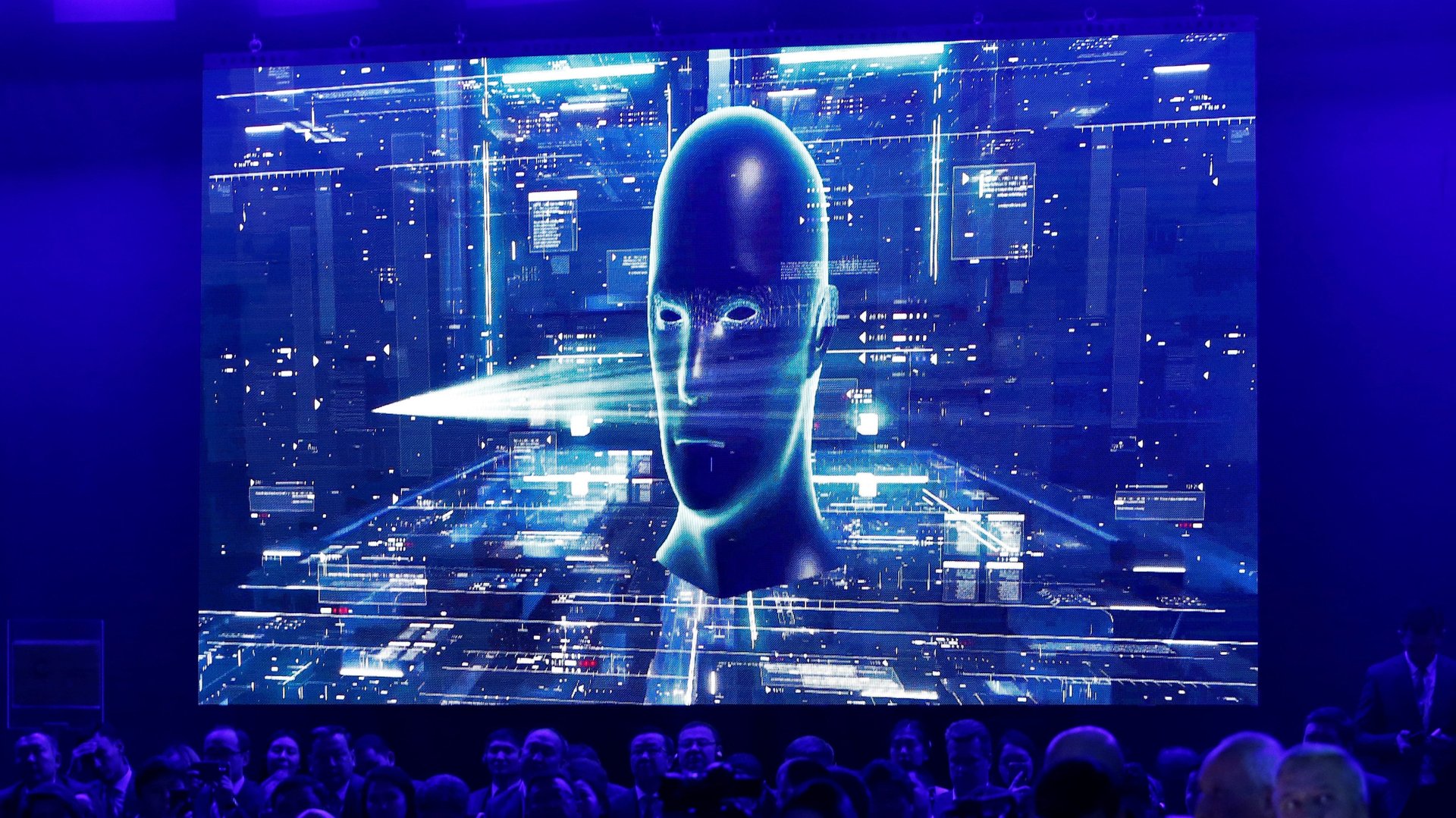What does “being digital” mean in a post-digital era?
As early as March 2017, the Swiss Post started a drone service to deliver lab samples between two hospitals in Lugano. In October 2018, Gillette introduced the game-changing concept of the Razor Maker, a direct-to-consumer platform that offers consumers the power to design and order customised 3D printed razor handles in multiple designs, colors, and custom text.


As early as March 2017, the Swiss Post started a drone service to deliver lab samples between two hospitals in Lugano. In October 2018, Gillette introduced the game-changing concept of the Razor Maker, a direct-to-consumer platform that offers consumers the power to design and order customised 3D printed razor handles in multiple designs, colors, and custom text.
Around the same time, Sam’s Club Now made its bow with emerging concepts such as augmented reality (AR), artificial intelligence (AI)-embedded shopping in-store navigation, camera systems for inventory management, electronic shelf labels, mobile checkout and more.
Clearly, digital has long back stepped beyond the corridors of the new and innovative.
Be it in the individual area of the consumer, or the collective areas of business and society, being digital has become passé. With “being digital” ceasing to be a compelling differentiator today, the question is what will digital look like in a post-digital tomorrow?
A parallel march of business and people
The post-digital impact will encompass business and individuals in a more symbiotic relationship. With digital creating an uncompromising segment of customers who demand hyper-personalised experiences, every moment will become an individual “market of one.”
The new era will be a world of instant fulfilment and communication of demands and gratification, both in the business-to-business (B2B) and business-to-consumer (B2C) domains.
The pace of digital impact will accelerate phenomenally: the fact that Pokemon GO took just 19 days to hit the 50 million user mark when compared to Facebook’s four years and mobile phones’ 12 years, speaks volumes on this.
Post-digital markets will exponentially expand as industry lines will no longer be boundaries to growth. In an omnipresent digital landscape, cross-industry partnerships and competition will become ubiquitous. Across industries, organisations can compete or come together to carve out newer markets. We will see more of partnerships similar to that of Amazon with Berkshire Hathaway and JPMorgan Chase to address healthcare spending challenges. Haven, as this collaborative venture is aptly named, could well be the precursor to many societally conscious digital ecosystems.
The re-imagination of technology’s DNA
Imagine a time when you will not go to theaters to watch movies or watch them on your media screens. Instead, you will live inside them through virtual reality (VR) to experience their stories and characters. This is not far from reality, as the VR experience for the “The Inpatient” game for PlayStation 4 showed.
Beyond digital transformation, “digital next” will throw up newer ways of how businesses, governments, society, and individuals will interact. Symphony Post-Acute Network is an innovative provider of post-acute care, who deploy a cloud-based AI engine to provide predictions and recommendations with patient data. As a result, there has been a significant drop in their re-admission rates. The technologies that promise to rule in the new digital age are distributed ledger technology, AI, extended reality (XR), and quantum computing. Individually and collectively, they could bring trust, intelligence, unprecedented speed and cost advantage to foresee, predict and resolve future requirements and problems. Making these technologies viable at scale could well be the signature of the future.
A new avatar of post-digital workers
Using edge learning platforms to skill the gen-next worker is what today’s digital transformation aims for, and with good reason. In the post-digital era, the goal should be to create a truly human-augmented workforce in knowledge management, skilling, and fluidity of career paths.
Like Switzerland’s leading telecom provider, Swisscom does. Their AI-powered “Ask the Brain” platform facilitates knowledge distribution and skill collaboration among their over 21,000 employees for innovative outcomes.
Digital in the future should empower employee velocity, which in turn will expand frontiers and forge game-changing business and societal progress. This calls for embedding digital in people strategies to launch today’s digitally-mature workforce into higher orbits.
Even as digital rolls over to the next level, let us not make the erroneous assumption that it is jaded or done. What we have witnessed so far is how the power of digital transformation has shaped expectations. Going beyond the initial layers of digital saturation to understand the intricacies of highly niche markets, capabilities, talent and technologies, and building future-ready digital ecosystems is the exciting promise of opportunities ahead.
This is part of a series of articles in partnership with the NASSCOM Technology and Leadership Forum 2020, to be held in Mumbai from Feb. 12-14. We welcome your comments at [email protected].